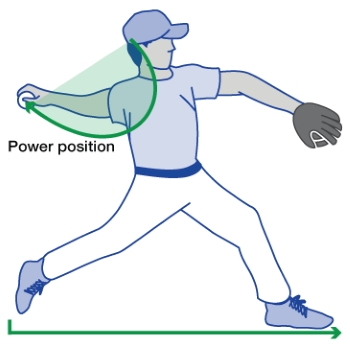 Let me be clear about something.
Let me be clear about something.
I do NOT believe the medical profession is teaching problematic pitching mechanics in order to drum up business.
However, if I were a bit more conspiratorially-minded, the Mayo Clinic's "Mechanics of a Safer Fastball" would be Exhibit A for what I call the Arsonist Firefighter business model; creating problems so you can solve them.
I know the Mayo Clinic Power Position is what pretty much everyone teaches.
But, as mothers used to tell you -- before BASE jumping became a thing -- if everybody jumped off a bridge...
At a minimum, the Mayo Clinic Power Position is clearly NOT what dominant and durable pitchers like Justin Verlander look like into or at Foot Plant.
However, the Mayo Clinic Power Position IS what you see in the arm actions of frequently-injured pitchers like Henderson Alvarez.
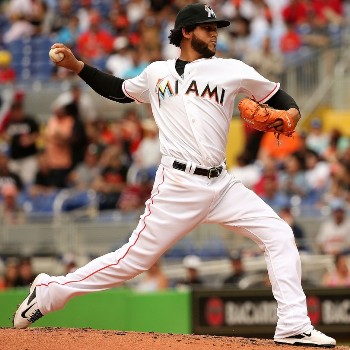
Henderson Alvarez
Perhaps telling people to copy frequently-injured pitchers like Henderson Alvarez, and not dominant and durable pitchers like Justin Verlander, is a bad idea?
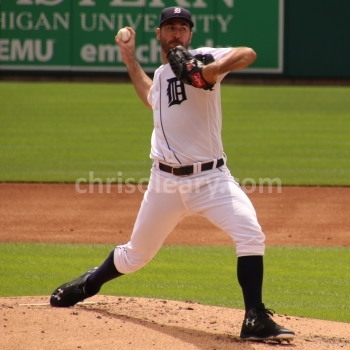
Justin Verlander
Some of the other terms that I have heard used to teach this same basic idea include...
The problem is, by emulating this position, the Mayo Clinic is guaranteeing pitchers will have Timing problems.
Related Concepts...
Pitching Power Position
In 2014, after predicting Jose Fernandez's elbow problems...

Jose Fernandez
...and while doing research for my analysis of Jose Fernandez's pitching mechanics, I stumbled across a number of troubling pictures of Henderson Alvarez of the Marlins.

Henderson Alvarez
I came across enough pictures like these that I felt comfortable making a prediction about Henderson Alvarez, a prediction that soon came true.
The Problem
The problem is that the Mayo Clinic Power Position puts pitchers in the same -- if not worse -- position that I believe got Henderson Alvarez's elbow and now his shoulder.

Henderson Alvarez

Mayo Clinic Power Position
Dylan Bundy is another pitcher who comes to this position and who also can't stay healthy.
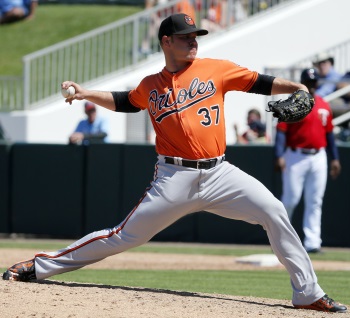
Dylan Bundy
I would hope that, at a minimum, people would use caution when advocating a position that is employed by a pitcher who has a demonstrated inability to stay healthy.
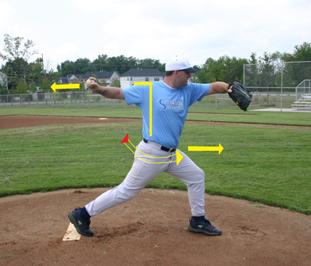
Mom's Team Power Position
Hand on Top of the Ball at Foot Plant
I have previously expressed concern with the Fingers on Top of the Ball (into/at Foot Plant) arm action that you see in Matt Harvey's pitching mechanics, because that can cause the pitchers arm to be late and not up and ready at foot plant.

Matt Harvey 2012
The problem with what the Mayo Clinic is advocating is that, by having the entire hand, and not just the fingers, on top of the ball at foot plant, you are creating an even worse Timing problem.

Mayo Clinic Power Position
I don't doubt that teaching this will yield rapid velocity gains, but those velocity gains are achieved by overloading the arm.
It's like running an car engine past the red line.
It works.
For a while.
What's Worse
The problem with the Mayo Clinic Power Position is it represents a serious type of Timing flaw that I call Flat Arm Syndrome.
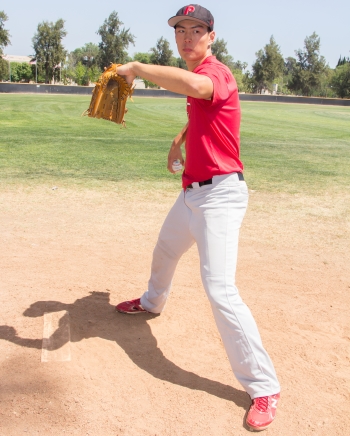
Power Position
Tragically, I am seeing more examples of an even more serious Timing problem where the pitching arm isn't just flat at foot plant, it is internally rotated and, in the worst case, pointing down at the ground at foot plant.

Ripken Power Position
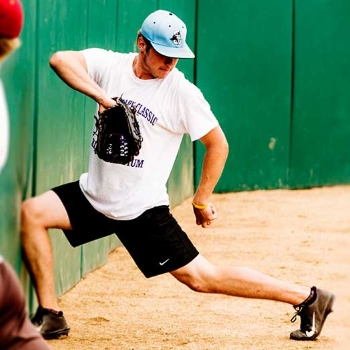
NPA Power Position
Why It's Bad
I have put together a number of pieces that explain why this is a problem...
I Know Studies Advocate This, But...
There are studies out there that advocate the Mayo Clinic Power Position.
One example is Davis (2009) where they say...
(W)hen the forearm is pronated, the humerus remains internally rotated.
Davis (2009) implies that this is good, but LaBella (2011) suggests it is bad...
The pain group had greater internal shoulder rotation at the initiation of external rotation in the stride.
What's going on?
I believe the difference is that Davis (2009) focused exclusively on velocity.
I wouldn't be surprised if they made a (common) assumption that the harder you throw, the better your pitching mechanics must be.
I would hope the epidemic, and the simultaneous rise in both velocities and injuries in pitchers, make it clear that's not the case.
Given that Henderson Alvarez is having problems staying healthy and his career, at least as a starting pitcher, may be over, I think advocating what injury-plagued pitchers like Henderson Alvarez, Matt Harvey, and Dylan Bundy do is irresponsible in the extreme.